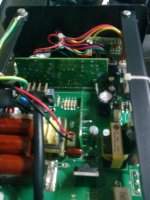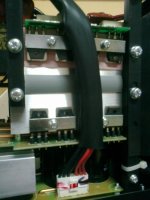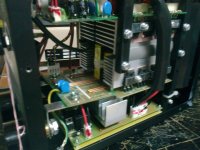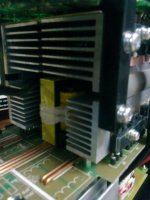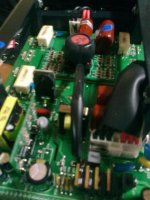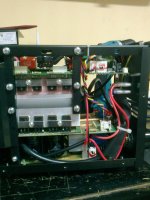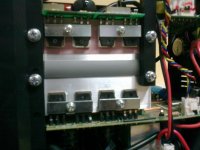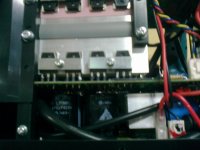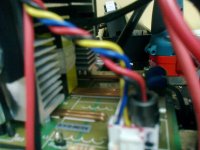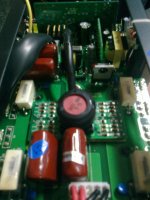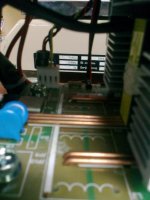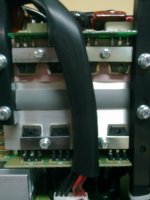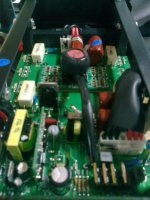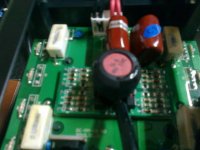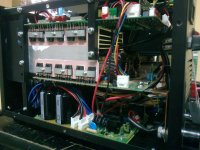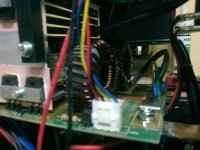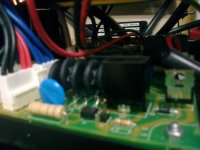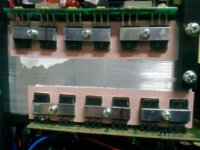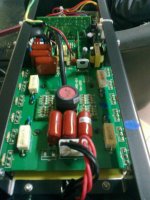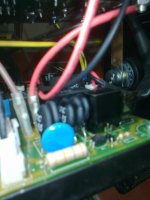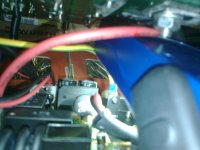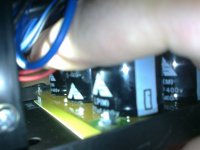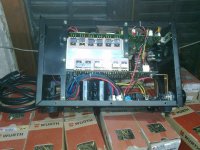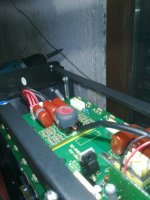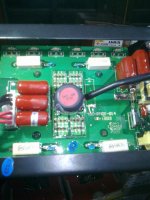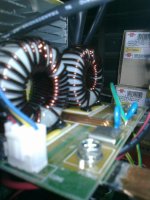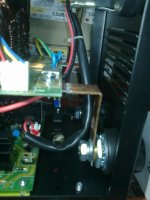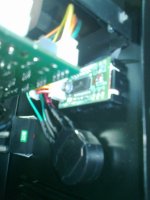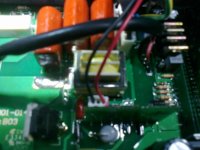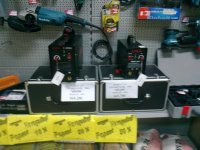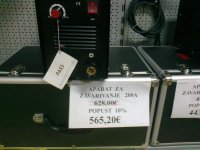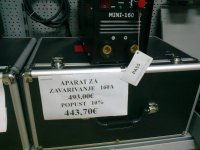Hello everyone, since this is my first post on the forum I will give a little background information on myself. I have a degree in Mechanical Engineering, which means I know just enough about Electrical Engineering to get myself into trouble. And I am a tool addict with many projects ranging from completely restoring my 1965 Ford F100, to building a small PID controller for my smoker to control airflow. My garage is coming along, but one thing I don't have is a TIG welder, and I have always had an interest in building my own. And unfortunately I have all the time in the world on the computer, but have no access to any tools or the ability to build test circuits for the time being.
Now I don't plan on just jumping into building a huge SMPS as my first project, I do plan on experimenting with smaller ones, I figured that would be best for my health, and my pocketbook.
Now I have been reading a lot of material in regards to SMPS's and working on a design in building blocks, but I keep bashing my head trying to understand transformer design. With a TIG welder basically being a large constant current power supply, and my understanding so far, I plan on working on a full-bridge topology working at 100MHz that is fed through a single rail center tapped transformer. The output ratings should be in the range of 225A @ 29V, with a minimum current of 5A (these are based off Miller's dynasty250).
So far I plan on using IXYS IXFH60N50P3 for the primary switching, GeneSiC MBRT400100 to rectify the voltage on the secondary side, and then building an air core inductor using 1/0 welding cable. I am still working on the parts list and I hope to keep learning on this forum.
My biggest question right now is about the transformer, I feel like the size doesn't make sense, but then again my experience is very limited. So am I on the right track:
ETD 59/31/22/N87, 26x26AWG@15 turns each on the primary, and 48x20AWG@2+2 turns on the secondary.
Thanks for any help, hopefully I will be able to work on this project through completion with your guy's help.
Dave
Now I don't plan on just jumping into building a huge SMPS as my first project, I do plan on experimenting with smaller ones, I figured that would be best for my health, and my pocketbook.
Now I have been reading a lot of material in regards to SMPS's and working on a design in building blocks, but I keep bashing my head trying to understand transformer design. With a TIG welder basically being a large constant current power supply, and my understanding so far, I plan on working on a full-bridge topology working at 100MHz that is fed through a single rail center tapped transformer. The output ratings should be in the range of 225A @ 29V, with a minimum current of 5A (these are based off Miller's dynasty250).
So far I plan on using IXYS IXFH60N50P3 for the primary switching, GeneSiC MBRT400100 to rectify the voltage on the secondary side, and then building an air core inductor using 1/0 welding cable. I am still working on the parts list and I hope to keep learning on this forum.
My biggest question right now is about the transformer, I feel like the size doesn't make sense, but then again my experience is very limited. So am I on the right track:
ETD 59/31/22/N87, 26x26AWG@15 turns each on the primary, and 48x20AWG@2+2 turns on the secondary.
Thanks for any help, hopefully I will be able to work on this project through completion with your guy's help.
Dave

